In the bustling fashion landscape, certain historic brands, once dormant, are experiencing a remarkable resurgence. Names that defined bygone eras return today with new vigor, capturing the attention of modern consumers while honoring their heritage. This trend, called the brand renaissance, is a testament to the industry's ability to reinvent itself and bring icons of the past back to life.
The Key Factors of the Renaissance
Several factors contribute to the successful renaissance of brands:
⁃ Rediscovery of Heritage: By diving into their archives, these brands can reintroduce iconic and timeless pieces that have defined their history. This rediscovery not only celebrates the past, but also makes it relevant to the present. Modern consumers, hungry for authenticity, particularly appreciate products that tell a rich and meaningful story.
⁃ Modernization and Innovation: To remain competitive, these brands must adapt their products to contemporary expectations. This includes the integration of new technologies, the use of innovative and eco-responsible materials, as well as revisited designs. By reinterpreting classics with a touch of modernity, they manage to appeal to a diverse and demanding clientele.
⁃ Effective Communication Strategies: The rebirth of a brand requires strategic communication. Modern marketing campaigns, supported by social networks, make it possible to reach a large and diverse audience. Collaborations with contemporary influencers and creators also play a crucial role in increasing visibility and making the brand desirable among younger generations.
⁃ Commitment to Sustainability: Sustainability has become a central issue for today's consumers. By emphasizing responsible practices, such as local production, craftsmanship, use of eco-friendly materials and transparency of supply chains, these brands can reposition themselves as responsible and ethical players in the fashion industry.
Examples of Brands Relaunching:
⁃ Fusalp: Known for its alpine elegance, Fusalp has modernized its ski clothing to make it essential fashion pieces while remaining faithful to its heritage.
⁃ Mollie: This luxury knitting house, founded in 1886, has reintroduced its fine and delicate knits for a new clientele, with an emphasis on artisanal quality and sustainability.
⁃ Le Coq Sportif: An emblematic brand of French sport, it has been able to redefine its image with collaborations and collections that combine performance and retro style.
⁃ K-Way: Initially famous for its practical windbreakers, K-Way has reinvented its products by making them both functional and fashionable, appealing to a new generation.
⁃ Soco: Founded in 1932, Soco is an iconic brand of western leather goods. Relaunched in 2022, Soco has revisited its archives to reintroduce modernized classic pieces, while integrating sustainable practices. Riding the Western wave which is making a comeback, Soco is repositioning itself as an essential brand in the current leather goods landscape.
The renaissance of fashion brands is a vivid demonstration of how the industry can evolve while honoring its roots. By combining heritage and innovation, these brands manage to reinvent themselves and attract a new generation of consumers. For fashion lovers, this means access to products steeped in history, which also meet contemporary demands for style, quality and responsibility. The ability of these brands to reinvent themselves while remaining true to their core values is a true lesson in resilience and long-term vision in the competitive world of fashion.
The Key Factors of the Renaissance
Several factors contribute to the successful renaissance of brands:
⁃ Rediscovery of Heritage: By diving into their archives, these brands can reintroduce iconic and timeless pieces that have defined their history. This rediscovery not only celebrates the past, but also makes it relevant to the present. Modern consumers, hungry for authenticity, particularly appreciate products that tell a rich and meaningful story.
⁃ Modernization and Innovation: To remain competitive, these brands must adapt their products to contemporary expectations. This includes the integration of new technologies, the use of innovative and eco-responsible materials, as well as revisited designs. By reinterpreting classics with a touch of modernity, they manage to appeal to a diverse and demanding clientele.
⁃ Effective Communication Strategies: The rebirth of a brand requires strategic communication. Modern marketing campaigns, supported by social networks, make it possible to reach a large and diverse audience. Collaborations with contemporary influencers and creators also play a crucial role in increasing visibility and making the brand desirable among younger generations.
⁃ Commitment to Sustainability: Sustainability has become a central issue for today's consumers. By emphasizing responsible practices, such as local production, craftsmanship, use of eco-friendly materials and transparency of supply chains, these brands can reposition themselves as responsible and ethical players in the fashion industry.
Examples of Brands Relaunching:
⁃ Fusalp: Known for its alpine elegance, Fusalp has modernized its ski clothing to make it essential fashion pieces while remaining faithful to its heritage.
⁃ Mollie: This luxury knitting house, founded in 1886, has reintroduced its fine and delicate knits for a new clientele, with an emphasis on artisanal quality and sustainability.
⁃ Le Coq Sportif: An emblematic brand of French sport, it has been able to redefine its image with collaborations and collections that combine performance and retro style.
⁃ K-Way: Initially famous for its practical windbreakers, K-Way has reinvented its products by making them both functional and fashionable, appealing to a new generation.
⁃ Soco: Founded in 1932, Soco is an iconic brand of western leather goods. Relaunched in 2022, Soco has revisited its archives to reintroduce modernized classic pieces, while integrating sustainable practices. Riding the Western wave which is making a comeback, Soco is repositioning itself as an essential brand in the current leather goods landscape.
The renaissance of fashion brands is a vivid demonstration of how the industry can evolve while honoring its roots. By combining heritage and innovation, these brands manage to reinvent themselves and attract a new generation of consumers. For fashion lovers, this means access to products steeped in history, which also meet contemporary demands for style, quality and responsibility. The ability of these brands to reinvent themselves while remaining true to their core values is a true lesson in resilience and long-term vision in the competitive world of fashion.

